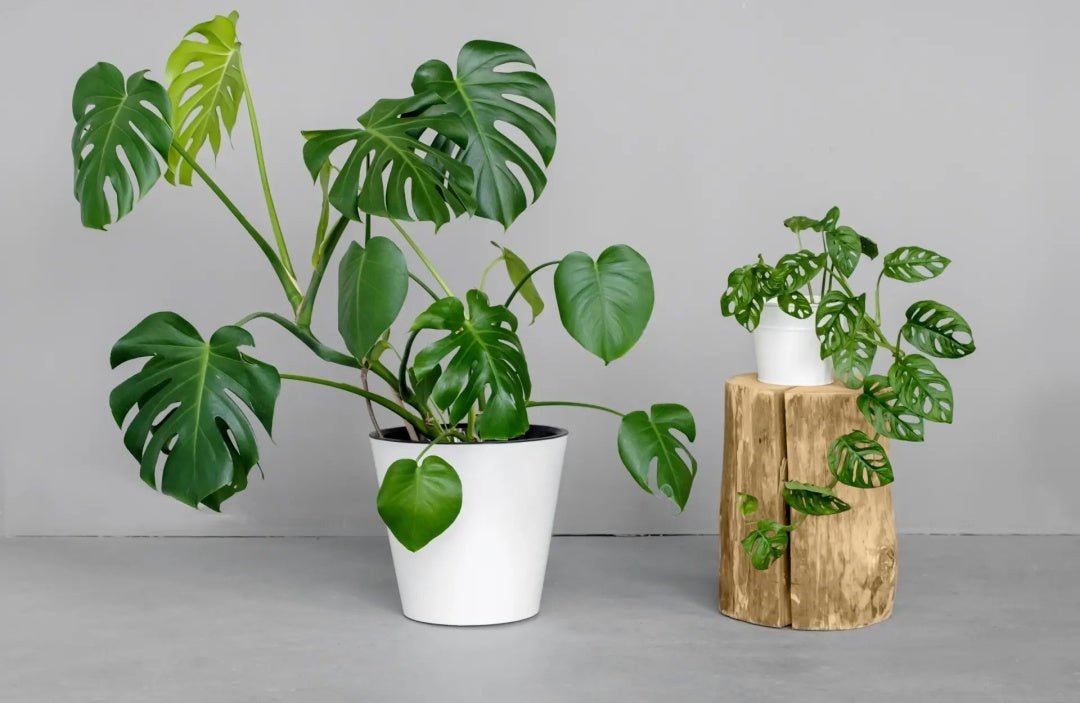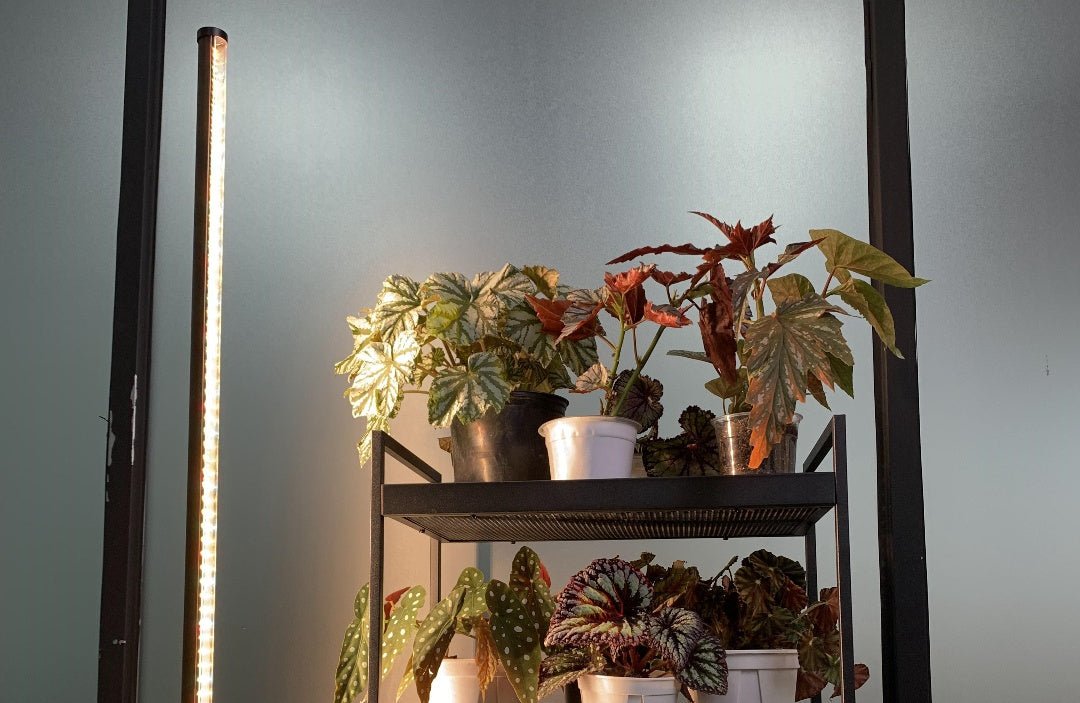Many beginners often ask this question:Why doesn't my Monstera deliciosa open its leaves after a year of growth?
To address this question, let's first understand the natural growth environment of Monstera deliciosa.
In the natural world, Monstera deliciosa typically grows under the shade of large trees in rainforests, and their growth pattern involves climbing to seek light. In low light environments, these plants increase leaf surface area to enhance photosynthetic efficiency, maintaining intact leaves without fenestrations.
As they climb higher and encounter stronger light, they begin to form fenestrations to reduce water loss through transpiration, thus decreasing leaf surface area. Therefore, adequate light intensity promotes better leaf expansion, leading to the formation of characteristic fenestrations and clefts (a process known as "leaf opening").
Insufficient light may result in incomplete leaf expansion and impaired formation of fenestrations, leading to denser and smaller leaves.
We conducted a controlled experiment where all conditions were kept consistent, with the only difference being light intensity.
Group A received no additional supplemental lighting, with a measured PPFD (Photosynthetic Photon Flux Density) value of 52 μmol/m²/s, while Group B received additional supplemental lighting, with a measured PPFD value of 109 μmol/m²/s. The Monstera deliciosa used in the experiment were all propagated from the same mother plant's single-node cuttings.

Therefore, if you wish to promote leaf opening in your Monstera deliciosa, increasing light intensity might be an effective approach. Generally, for indoor cultivation, we recommend a PPFD of over 100 μmol/m²/s.



